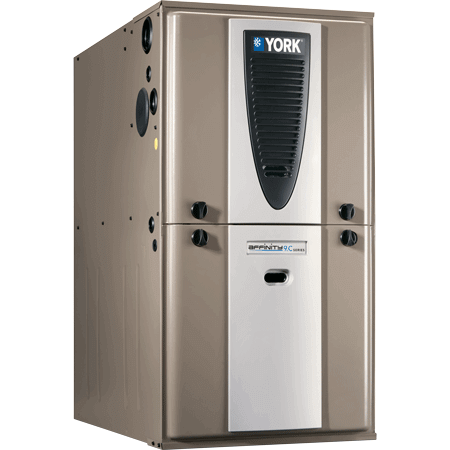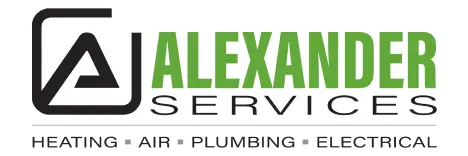6 Reasons Your Heater Isn’t Working
When winter comes, and the cool temperature starts up, your heating system will start to show if it has any problems with the components. We regularly see blower motors go out right after the first cold spells. If you find your heating system not working, below is a list of 6 common HVAC components that typically will go bad in the winter.
1. Cracked Heat Exchanger
A cracked heat exchanger is usually a result of aging and/or rusting. As the heat exchanger ages, the metal becomes brittle, usually through rust, but also due to stress caused by heating and cooling the metal over the years. The heat exchanger is a device that separates the hot flue gasses from the indoor, breathable air. If the metal walls separating the two gasses becomes vulnerable, it is possible that the flue gasses, including carbon monoxide, intermix with the indoor air creating a dangerous environment. Carbon monoxide is odorless, which is why they call it a silent killer. Dozens of deaths each year result from carbon monoxide poisoning from home heating systems. Usually, the heat exchanger is one of the last pieces of a furnace that starts to fail, so when it does, it is also a sign to replace the entire furnace. However, on a few occasions, replacing just the heat exchanger can also be a good alternative to buying a new system.
2. Blower Motor
During the heating season, blower motors are stressed more than during the cooling season. They typically run at lower speeds in the heating mode, which can result in higher torque forces on the motor. The most obvious sign that the blower motor is not working is that there will be no air from the vents, and the furnace is still running. A quick preventative tip for reducing the stress on the motor is to check and replace dirty filters regularly. A clogged filter adds additional stress to your blower motor.
3. Furnace Control Board
One of the top 10 problems with furnaces is when the furnace control board fails. It is not uncommon for a small resistor or component on a furnace control board to go bad, causing the board to malfunction completely, shut down, and leave your heating not working. If this happens, you cannot get your furnace to work.
4. Flame Sensor
If your furnace starts to run but intermittently shuts down before it reaches the set temperature, you might have a dirty or bad flame sensor. The flame sensor is a safety device that tells your furnace that it is burning the gas sufficiently to keep the gas valve open. If your flame were to go out and the gas valve stayed open, it could result in a very dangerous situation that might result in a gas leak explosion. The purpose of the flame sensor is to tell the gas valve to stay open by detecting the burning flame. If the flame is weak or non-existent, the flame sensor immediately shuts off the gas valve in the furnace, preventing a gas leak. A dirty or damaged flame sensor will start to provide false readings to the furnace and shut the gas valve off prematurely, resulting in an intermittent shutdown before reaching the thermostat temperature setting.
5. Hot Surface Ignitor
The hot surface igniter (HSI) is the device that lights the furnace burners. A bad or broken HIS will not light the flames, and your furnace will not completely start. You may hear the inducer motor start and then shut off, but no flames ever start. Most HSI can become brittle and create a hairline fracture preventing them from operating correctly. If you hear your furnace inducer motor start but never see the flames, it might be a bad hot surface igniter
6. Frozen Condensate Line
In high-efficiency furnaces with a PVC flue pipe, the furnace generates condensation which is carried away in a 3/4in PVC drain. When the temperatures drop below 20 degrees Fahrenheit outside, there is a good chance these drains can become frozen, and the condensate backs up to the furnace, where a float switch or other device shuts down and prevents the furnace from running. One easily detectable sign the condensate line is frozen is if you see ice build-up where the drain exits the building. Typically, this occurs if the furnace is in an attic. If the furnace is in the crawlspace or in an interior room or basement, it is less likely to be affected by cold temperatures.











